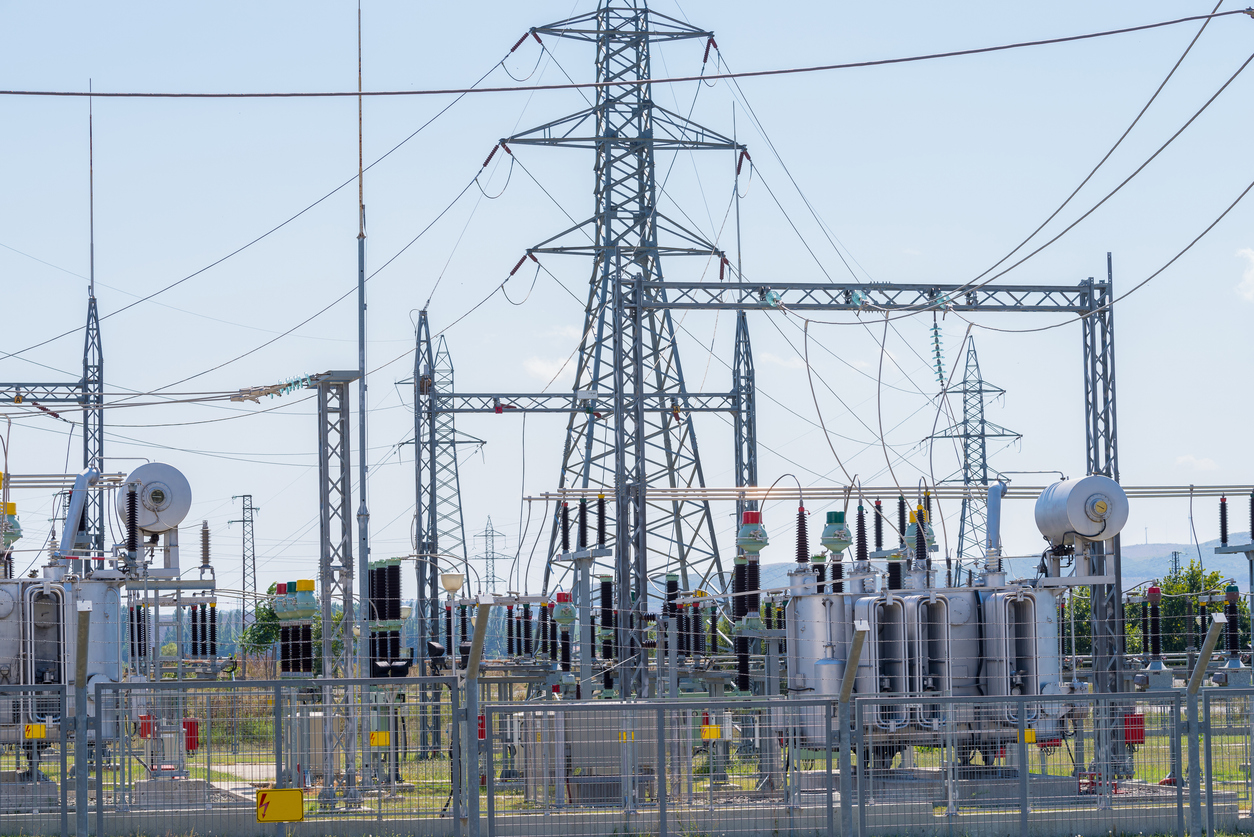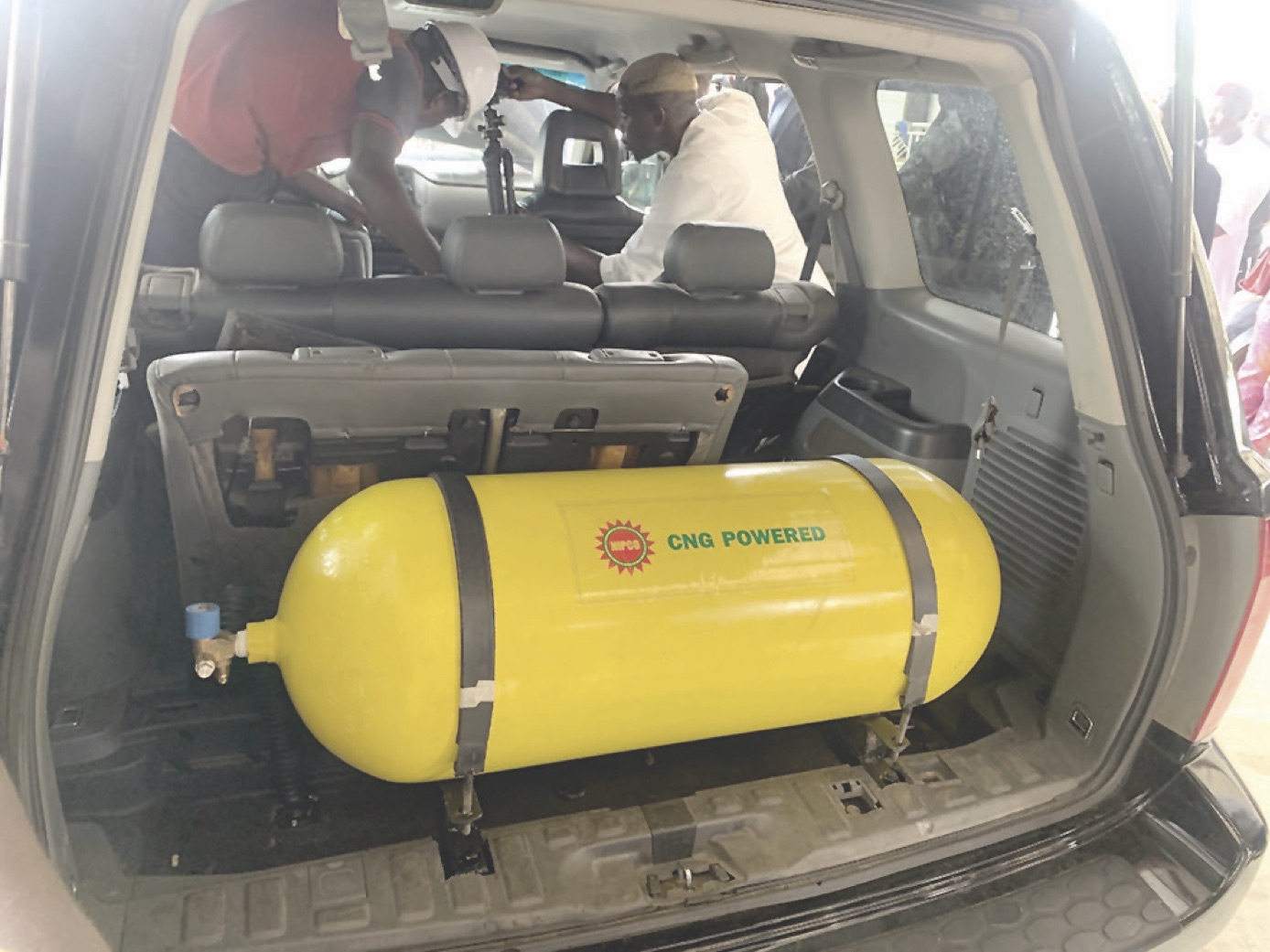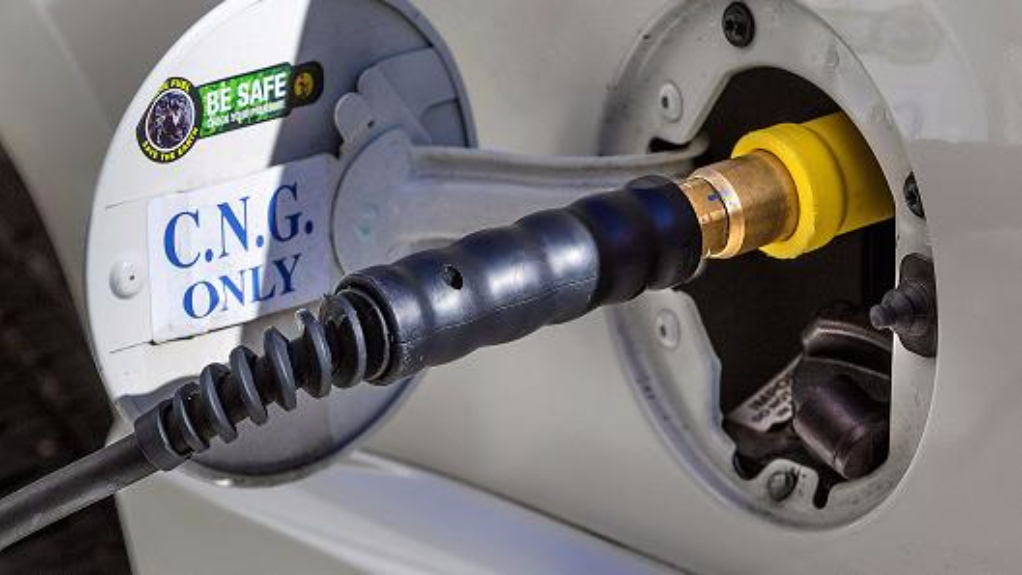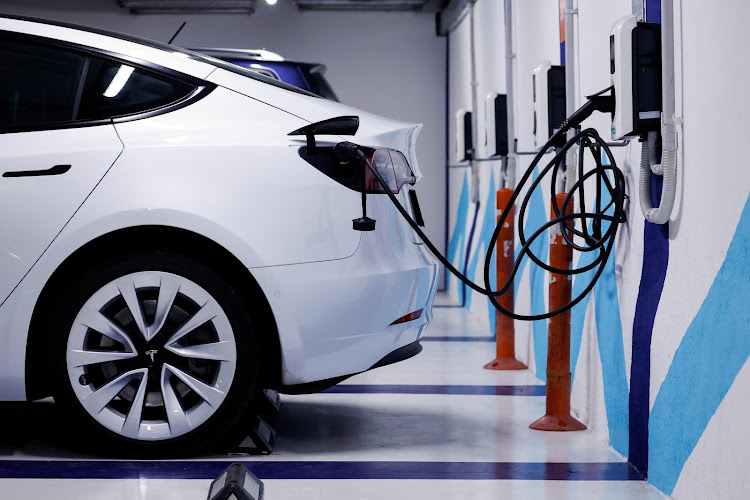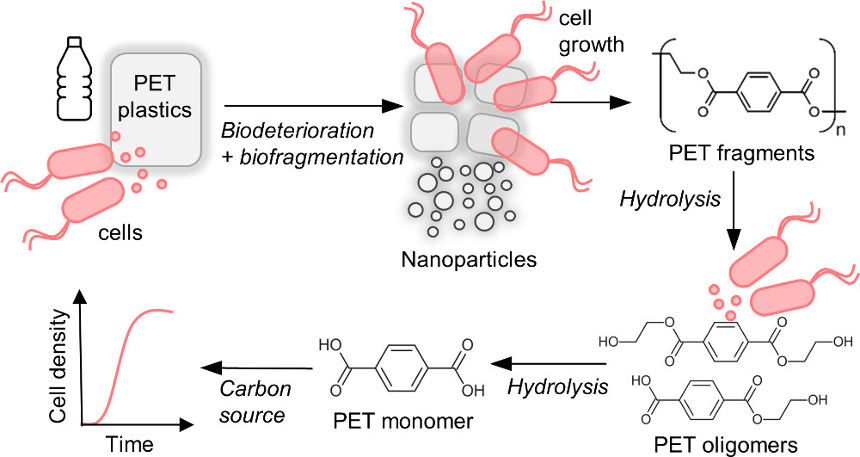
Sign up for daily news updates from CleanTechnica on email. Or follow us on Google News!
We tend to think of wastewater as the disgusting but necessary result of human life and living. Well, it seems as if a bacteria commonly found in wastewater may be able to break down plastic to turn it into a food source, a 2024 study finds. Plastic-eating bacteria could provide significant potential in degrading a variety of plastics.
Plastic pollution is a significant problem globally. It contaminates oceans and surrounding environments. Its presence threatens agricultural communities, ecosystems, and their inhabitants — and endangers human health. Plastic pollution contributes 3.4% of greenhouse gas emissions generated from the carbon footprint it creates throughout its entire life cycle.
If a plastic-eating bacteria could break down chunks of plastic, it would be a significant turning point in the pollution impasse.
The sheer quantity of human waste poses substantial threats to marine wildlife and their habitats, with up to 700 species impacted — just imagine graceful seabirds, whales, and dolphins trying to survive in such a tainted ecosystem. Then add to it huge floating islands of plastic out in the ocean, and the disgrace is untenable.
Ubiquitous and extensive usage of plastic materials has led to the accumulation of plastic wastes, and it is projected that the global production of thermoplastics will amount to 445.25 million metric tons in 2025. Annual production volumes are expected to continue rising in the following decades, rising to approximately 590 million metric tons by 2050. this would be an increase of more than 30 percent compared with 2025. Between 2010 and 2020, the global production of plastics has increased from 270 million metric tons to almost 370 million metric tons.
Since plastic wastes are entirely anthropogenic, wastewater treatment plants represent important repositories for plastics, contributing to their release into natural systems.
What can be done to solve the double dilemma of wastewater swirling with plastics? One solution that’s been tried is the use of grinders in the sewer collection system, but breaking up the plastic material only contributes to the creation of smaller plastic fragments. In this instance, it would be more effective to simply remove the debris from the flow rather than grind it to prevent the creation of plastic fragments.
Wastewater effluents contain various types of microplastics (MPs), among which polyethylene terephthalate (PET) MPs are the most abundant, constituting approximately 50% of MPs in the effluents. In fact, as an extensively used polymer in disposable plastic containers, PET accounts for 12% of global solid waste. That’s why a team of researchers was interested in focusing on the fate of PET, especially within the context of the biodeterioration and biodegradation of PET plastic materials by wastewater treatment plant-associated microorganisms.
PET Degradation in Wastewater — An Opportunity for Exploitation through Bioconversion
Different bacterial species are affected by physicochemical influences, such as such as specific temperatures that do not occur naturally in the environment, and each type of plastic has different structural properties. That means that not all plastics can be broken down by one type of bacteria, presenting issues of complexity for a team of researchers from Northwestern University.
But their progress in tackling the interface of bacteria and PET bioconversion gives us great hope for reducing plastic pollution. Rebecca Wilkes and her team of researchers have become the first to demonstrate not only that a bacteria can break down plastic, but they also illuminate exactly how they do it.
They studied C. testosteroni’s eating habits so closely that they were able to pinpoint the specific enzyme that allows the germs to turn inedible plastic into a palatable, carbon-rich treat. Then, in summary, they released enzymes — components of a cell that speed up chemical reactions — to chemically break down the plastic into a carbon-rich food source known as terephthalate.
Here’s the scientific breakdown.
Comamonadaceae bacteria are enriched on PET microplastics in wastewaters and urban rivers. PET-degrading mechanisms, with Comamonas testosteroniKF-1, a wastewater isolate, were combined by microscopy, spectroscopy, proteomics, protein modeling, and genetic engineering.
PEpoly(ethylene terephthalate) (PET) is a plastic commonly found in single-use food packaging and water bottles and which makes up about 12% of global solid waste and 90 million tons of the plastic produced each year. To track the concentration of PET breakdown products at selected time points throughout the incubation period, cell suspensions were pelleted at 10,000g and 4 °C for 5 min, and the supernatants were collected and filtered through a spin-filter unit (Costar Spin-X, 0.22 μm-pore-size filter) followed by storage at −20 °C prior to further analysis.
Scanning electron microscopy revealed significant fragmentation of PET pellets, resulting in a 3.5-fold increase in the abundance of small nanoparticles (<100 nm) during 30-day cultivation. Colonization of seven different MPs, including PET MPs, with WWTP effluent water consistently led to enriched abundance of the family Comamonadaceae compared to the relative distribution of these bacteria in the effluent water.
Infrared spectroscopy captured primarily hydrolytic cleavage in the fragmented pellet particles. Solution analysis further demonstrated double hydrolysis of a PET oligomer, bis(2-hydroxyethyl) terephthalate, to the bioavailable monomer terephthalate. Supplementation with acetate, a common wastewater co-substrate, promoted cell growth and PET fragmentation.
Discussion of the Bacteria:Plastics Study
To confirm their finding, they removed the gene that was responsible for creating that enzyme and saw a significant reduction in C. testosteroni’s ability to break down plastic. The bacteria take a few months to break down chunks of plastic, so subsequent research will need to demonstrate how to speed up the process.
“The way we want the plastic to be broken down is a lot faster than the bacteria really needs it to be broken down,” said Rebecca Wilkes, lead author on the study as well as a postdoctoral researcher at the National Renewable Energy Laboratory.
Based on the complex composition of plastic wastes in wastewater treatment plants, the research teams argues that the degradation capability of C. testosteroni and related species toward other plastics materials is worthy of consideration. For instance, C. testosteroni has been shown to grow on dicarboxylates of various carbon lengths (from six carbons to 10 carbons), all of which are potential breakdown products of polypropylene and polyethylene plastics.
“The machinery in environmental microbes is still a largely untapped potential for uncovering sustainable solutions we can exploit,” Ludmilla Aristilde, senior author on the study and associate professor of civil and environmental engineering at Northwestern University, told the Washington Post.
The study was published in Environmental Science and Technology.
Chip in a few dollars a month to help support independent cleantech coverage that helps to accelerate the cleantech revolution!
Have a tip for CleanTechnica? Want to advertise? Want to suggest a guest for our CleanTech Talk podcast? Contact us here.
Sign up for our daily newsletter for 15 new cleantech stories a day. Or sign up for our weekly one if daily is too frequent.
CleanTechnica uses affiliate links. See our policy here.
CleanTechnica’s Comment Policy


